Throughout history, numerous manuscripts have survived the test of time, each offering a unique glimpse into the past. These rare documents are more than just ancient texts; they are treasures that illuminate the knowledge, beliefs, and artistry of their eras. From sacred religious texts and groundbreaking scientific works to epic literary masterpieces, these manuscripts continue to captivate scholars and enthusiasts alike. Here, we explore 19 of the rarest historical manuscripts still in existence, highlighting their significance and the fascinating stories they tell.
Codex Sinaiticus
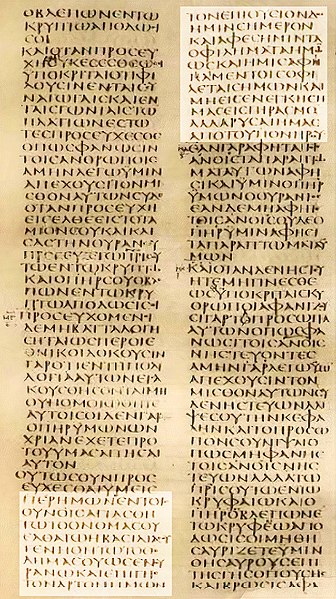
One of the most significant manuscripts in biblical scholarship, the Codex Sinaiticus dates back to the 4th century. This ancient Greek Bible contains the earliest complete New Testament text and substantial portions of the Old Testament. Found at the Monastery of Saint Catherine in Sinai, its discovery revolutionized our understanding of early Christian texts. Its parchment pages are a window into early Christian history, reflecting centuries of religious scholarship and devotion.
Dead Sea Scrolls
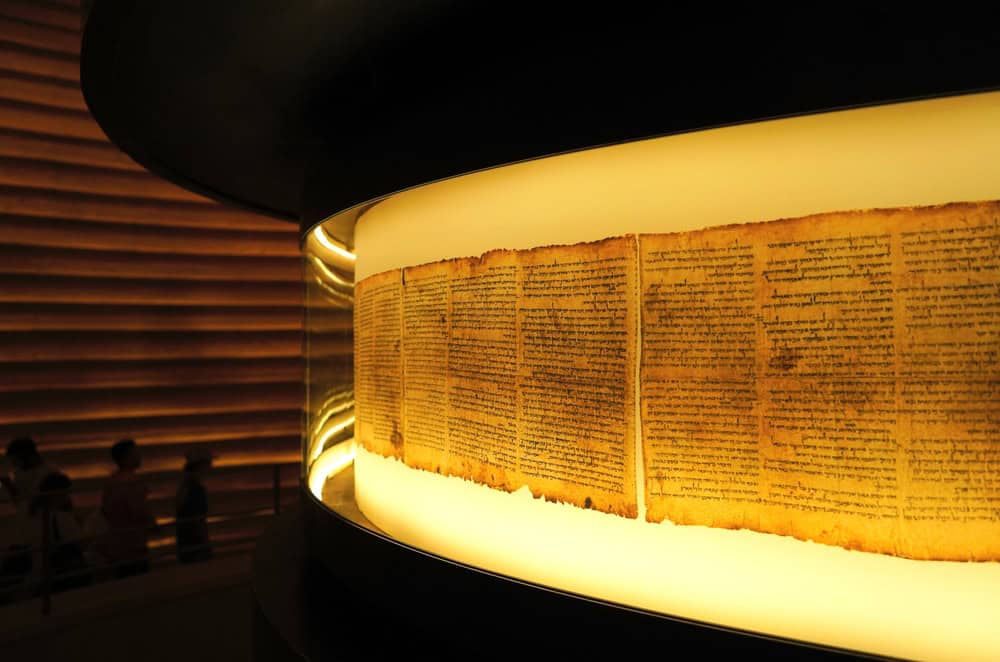
Discovered between 1946 and 1956 in the Qumran Caves near the Dead Sea, these scrolls include some of the oldest known manuscripts of the Hebrew Bible. Written mostly in Hebrew, with some in Aramaic and Greek, they date from the 3rd century BCE to the 1st century CE. The scrolls provide invaluable insight into the beliefs, practices, and texts of the Jewish community during the Second Temple period. Their discovery was one of the greatest archaeological finds of the 20th century.
Magna Carta
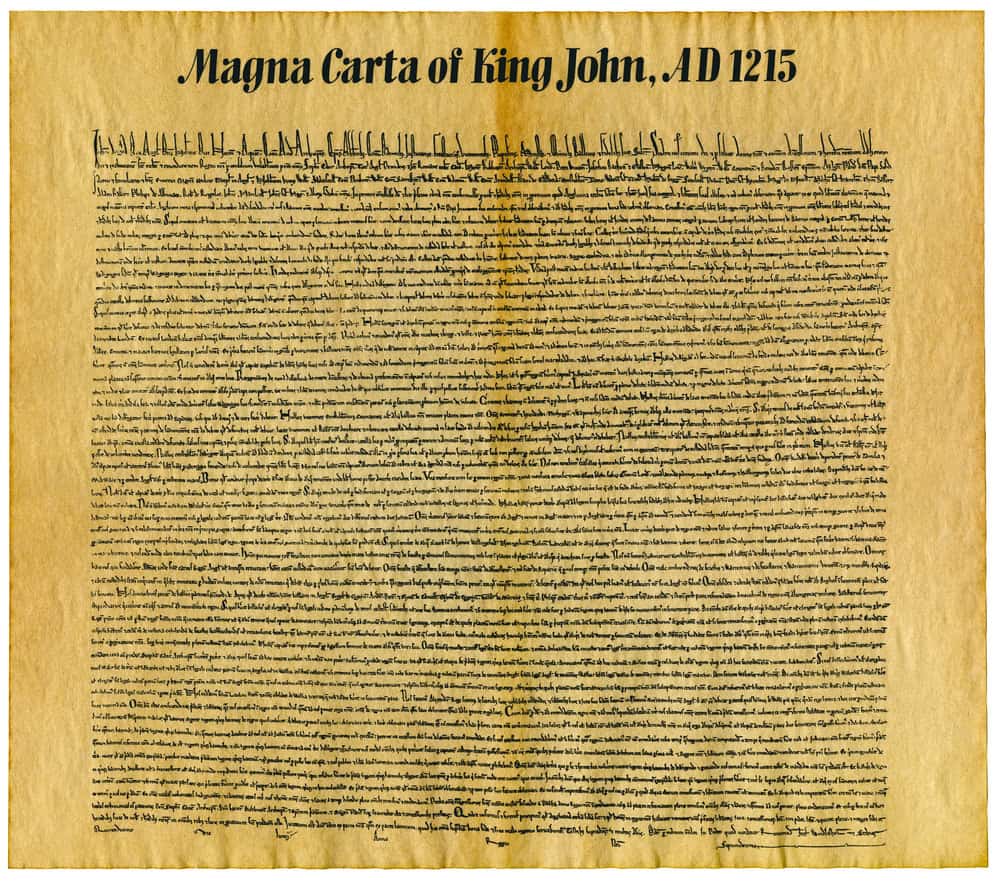
The Magna Carta, sealed by King John of England in 1215, is a cornerstone of constitutional law. Originally drafted to make peace between the unpopular king and a group of rebel barons, it guaranteed the protection of church rights, protection for the barons from illegal imprisonment, and access to swift justice. Though many of its clauses were specific to the feudal system of the time, the Magna Carta’s enduring legacy lies in its assertion of the principle that everyone, including the king, is subject to the law.
Gutenberg Bible
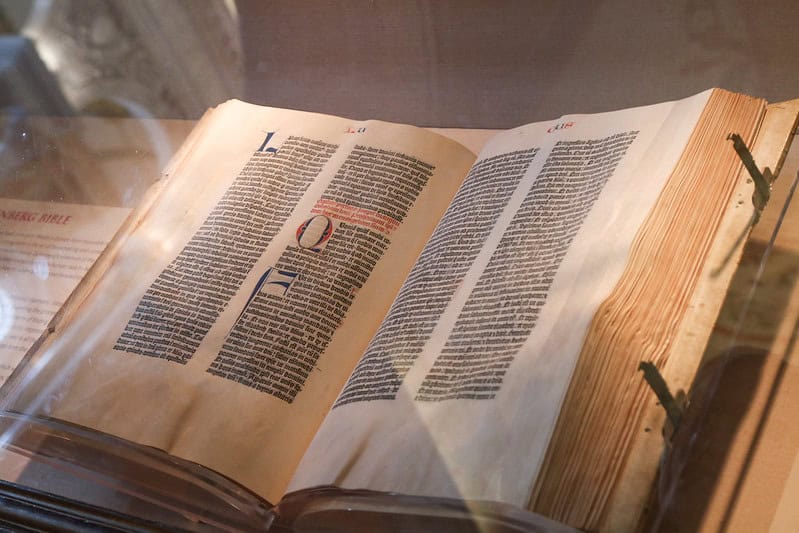
Printed in the 1450s by Johannes Gutenberg, the Gutenberg Bible is renowned as the first major book produced using movable type printing. This innovation marked the start of the “Gutenberg Revolution” and the age of the printed book in the West. The Bible’s 42-line pages are celebrated for their aesthetic beauty and craftsmanship. Only 49 copies are known to exist today, making it an extremely rare and valuable artifact.
Voynich Manuscript
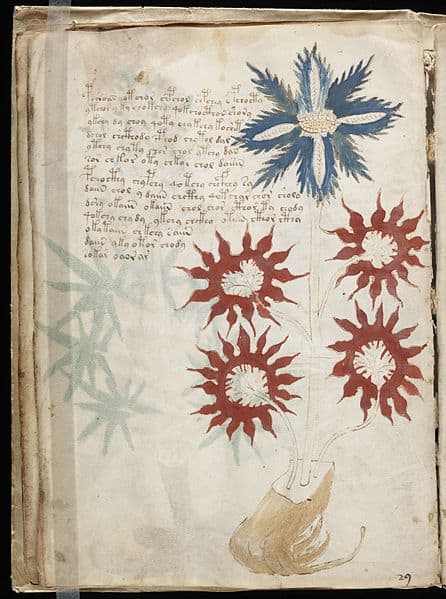
A mystery to linguists and cryptographers alike, the Voynich Manuscript is an illustrated codex hand-written in an unknown writing system. Dating to the early 15th century, its pages are filled with botanical, astronomical, and anatomical drawings, as well as a script that has yet to be deciphered. The manuscript’s origins, authorship, and purpose remain subjects of speculation and intrigue.
Book of Kells

Housed at Trinity College in Dublin, the Book of Kells is an illuminated manuscript Gospel book in Latin, containing the four Gospels of the New Testament. Created by Celtic monks around 800 CE, its exquisite illustrations and lavish decoration make it one of the most famous and beautiful medieval manuscripts. Each page is a work of art, showcasing the intricacy and skill of the monastic scribes.
Codex Gigas

Also known as the Devil’s Bible, the Codex Gigas is the largest extant medieval manuscript in the world. Created in the early 13th century in the Benedictine monastery of Podlažice in Bohemia, its massive pages contain a Latin translation of the Bible, various historical texts, and an infamous full-page illustration of the devil. Its size and the legend surrounding its creation add to its aura of mystery and fascination.
Lindisfarne Gospels

An illuminated manuscript produced around the year 700 in the monastery of Lindisfarne, off the coast of Northumberland, England. This masterpiece of early medieval art contains the four Gospels in Latin and is renowned for its intricate and colorful illustrations. The manuscript represents a blend of Celtic, Anglo-Saxon, and Christian traditions and is a testament to the high level of craftsmanship and artistry of its time
Qur’an of Uthman
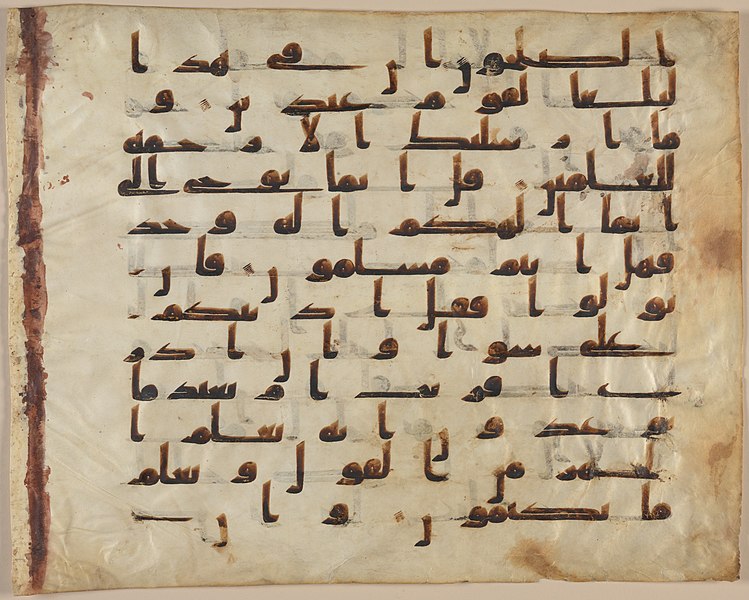
Also known as the Samarkand Codex, this manuscript is one of the oldest surviving copies of the Qur’an. Believed to have been commissioned by the third Caliph, Uthman ibn Affan, in the mid-7th century, it is written in Kufic script. The manuscript is revered not only for its age and historical significance but also for its contribution to the textual integrity of the Qur’an as it is known today.
Archimedes Palimpsest
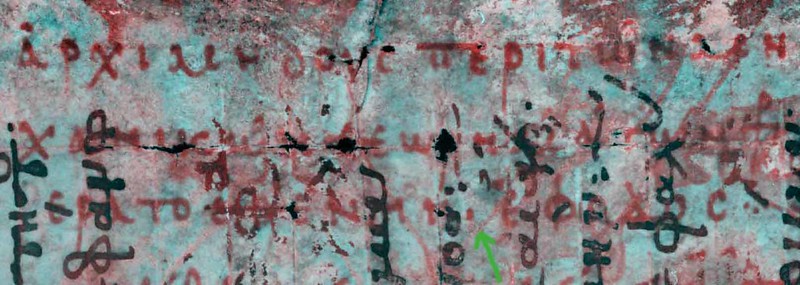
A remarkable document, the Archimedes Palimpsest is a 10th-century Byzantine manuscript containing works by the ancient Greek mathematician Archimedes. In the 13th century, the original text was erased, and the parchment was reused for a Christian liturgical text. Modern imaging techniques have revealed the underlying mathematical treatises, offering new insights into Archimedes’ contributions to science and mathematics.
Codex Leicester
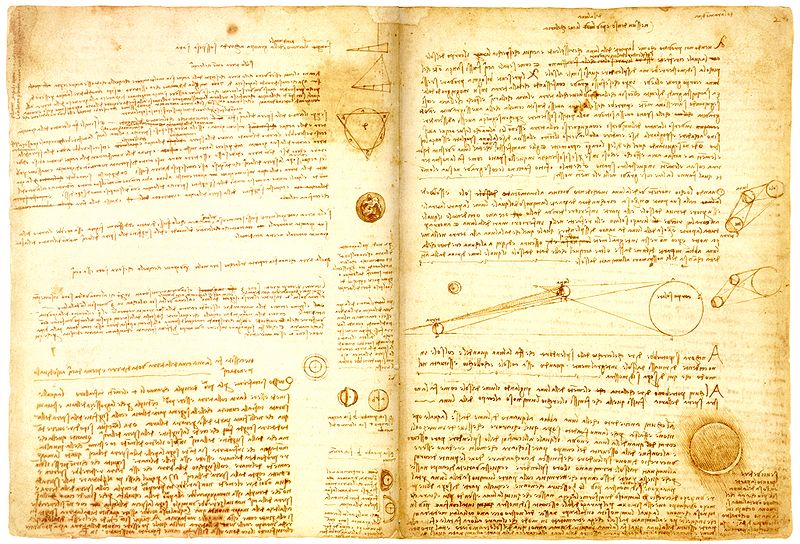
Owned by Bill Gates, the Codex Leicester is a collection of scientific writings by Leonardo da Vinci. Written between 1506 and 1510, it includes observations on water movement, fossils, and astronomy. The manuscript is valued not only for its scientific content but also for its insights into da Vinci’s genius and thought processes. Each page reflects his meticulous observation and innovative thinking.
St. Cuthbert Gospel
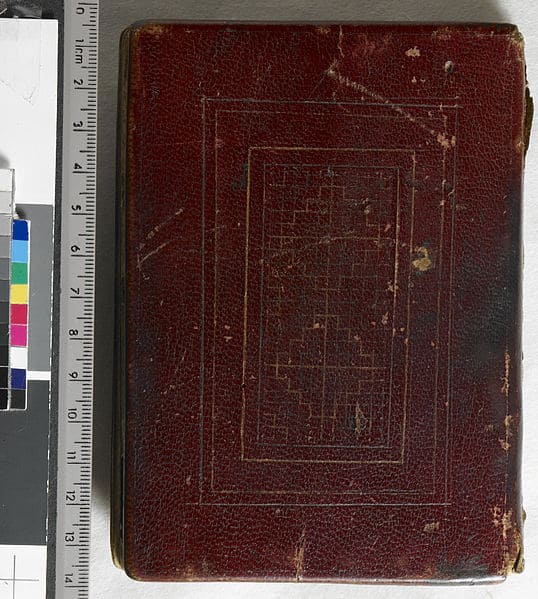
The oldest intact European book, the St. Cuthbert Gospel, dates back to the 7th century. This Latin Gospel of John was placed in the coffin of St. Cuthbert of Lindisfarne and rediscovered in the 12th century. Its remarkably well-preserved binding and pages provide a rare glimpse into early medieval bookmaking and religious practices.
Beowulf Manuscript
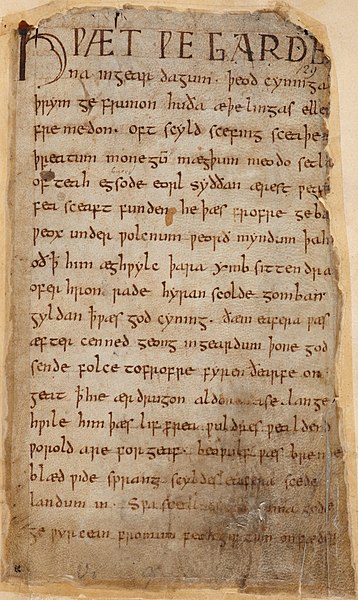
Housed in the British Library, the Beowulf Manuscript is the only surviving manuscript of the Old English epic poem, Beowulf. Dating from the early 11th century, it recounts the heroic deeds of the Scandinavian warrior Beowulf. The manuscript’s survival through fire and centuries of handling is a testament to its enduring literary and cultural significance.
Blue Qur’an
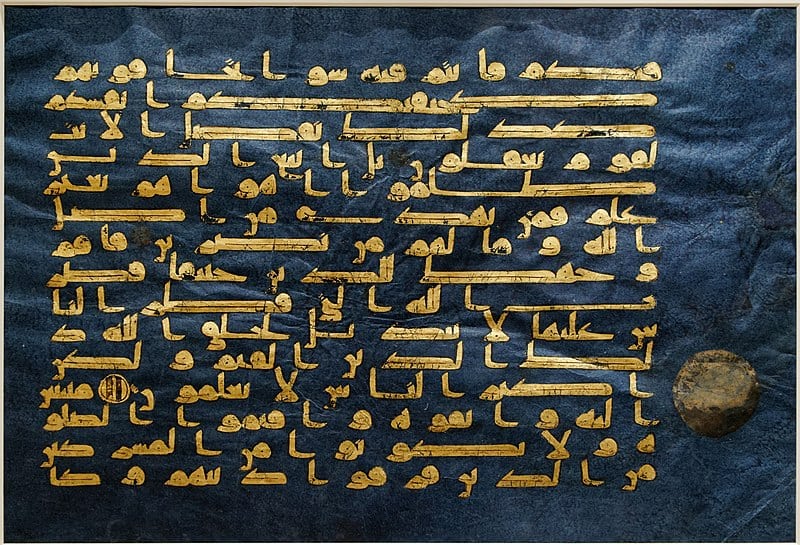
This luxurious 9th to 10th-century manuscript is notable for its indigo-dyed parchment and gold Kufic script. Believed to have originated in North Africa or the Near East, the Blue Qur’an is an exceptional example of Islamic art. Its striking visual impact and rarity make it one of the most treasured Islamic manuscripts.
Codex Alexandrinus
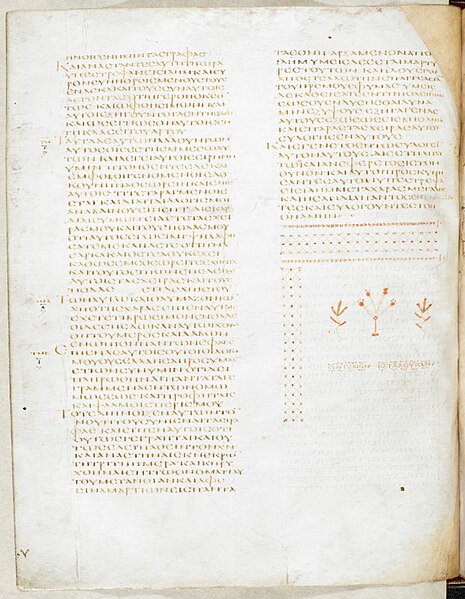
An early 5th-century Greek Bible, the Codex Alexandrinus contains the majority of the Septuagint and New Testament. Its significance lies in its antiquity and its role in the history of biblical text transmission. The manuscript’s intricate script and vellum pages provide a rich source for textual scholars and historians.
Diamond Sutra
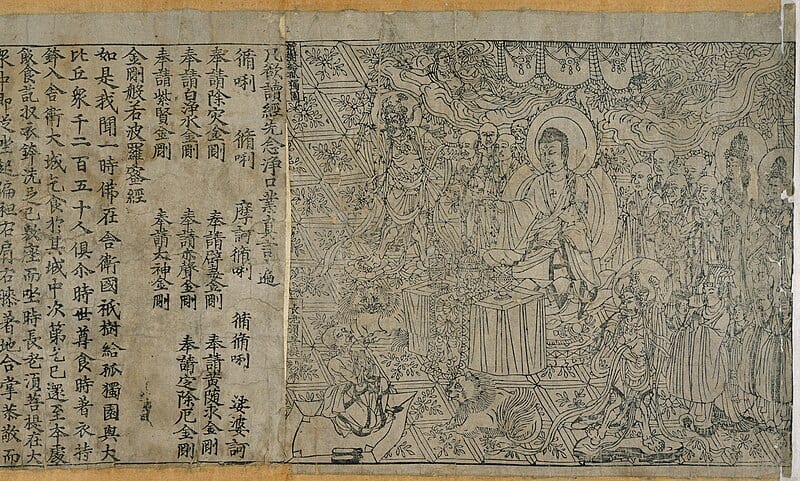
Dated to 868 CE, the Diamond Sutra is the world’s oldest known dated printed book. This Chinese Buddhist text, printed on a scroll, was discovered in the Mogao Caves of Dunhuang. Its preservation and the sophistication of its woodblock printing technique highlight the advanced state of printing technology in Tang Dynasty China.
Book of the Dead of Hunefer
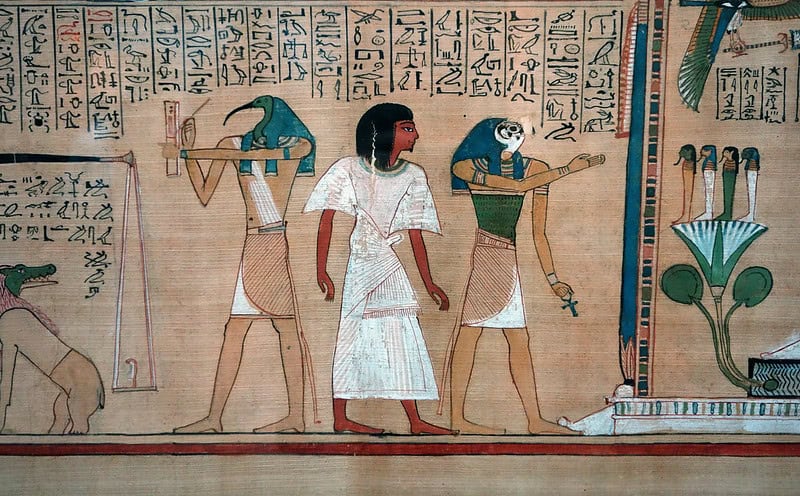
An ancient Egyptian funerary text, the Book of the Dead of Hunefer dates to around 1275 BCE. This papyrus manuscript contains spells and illustrations intended to guide the deceased through the afterlife. It has vivid imagery and detailed inscriptions offering a profound insight into ancient Egyptian beliefs and burial practices.
Codex Amiatinus

One of the oldest and most complete Latin Vulgate Bibles, the Codex Amiatinus was produced around the year 700 in Northumbria, England. This manuscript has played a crucial role in the study of the Latin Bible and medieval religious life. Its massive size and exquisite calligraphy reflect the dedication of the monks who created it.
Lorsch Gospels
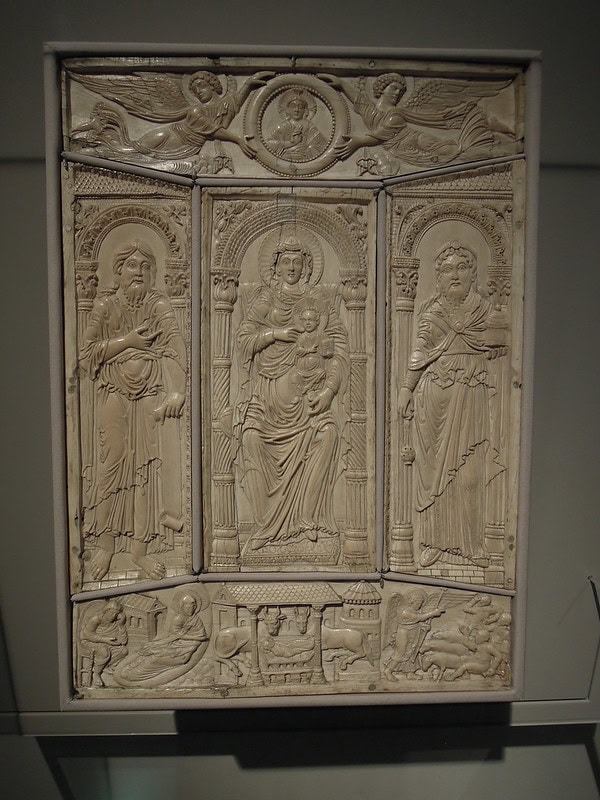
A richly illuminated Carolingian Gospel book, the Lorsch Gospels date to around 800 CE. Its ivory covers and ornate decorations exemplify the height of Carolingian art and craftsmanship. This manuscript is treasured for its artistic beauty and its historical importance as a product of the Carolingian Renaissance.
This article originally appeared on Rarest.org.
More From Rarest.Org
Insects are some of the most diverse and numerous species on Earth, yet their world is often unseen and unappreciated. Despite their abundance, some insects are incredibly rare, teetering on the brink of extinction or found in very isolated locations. Read more.



